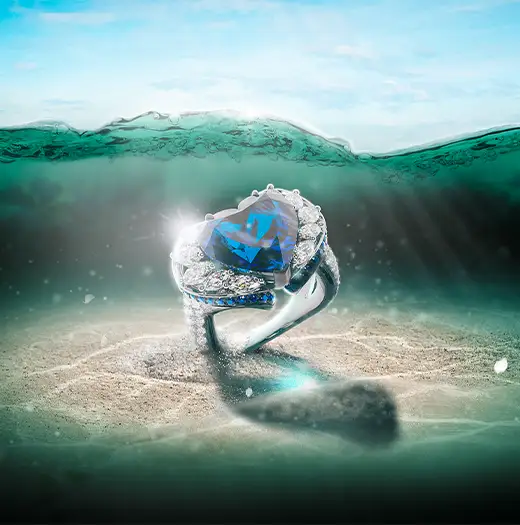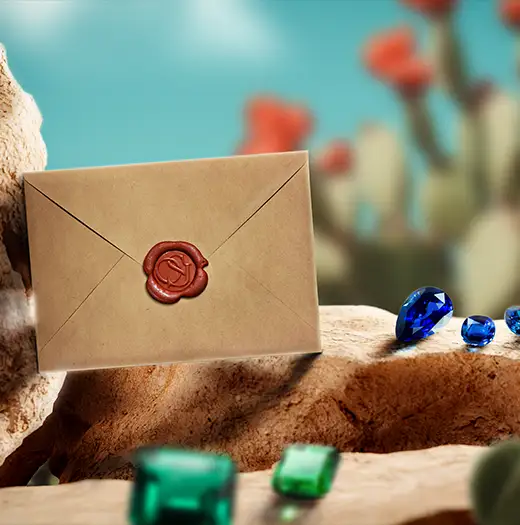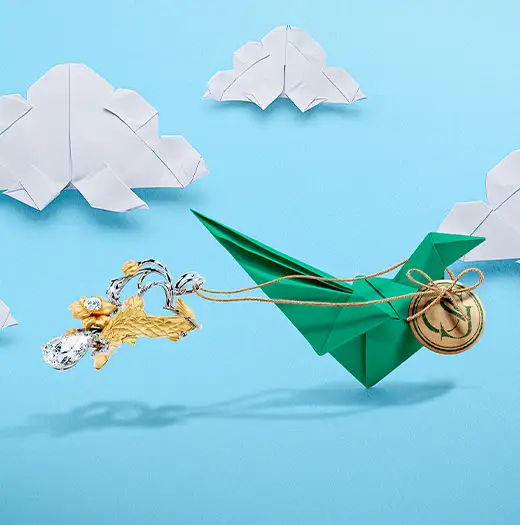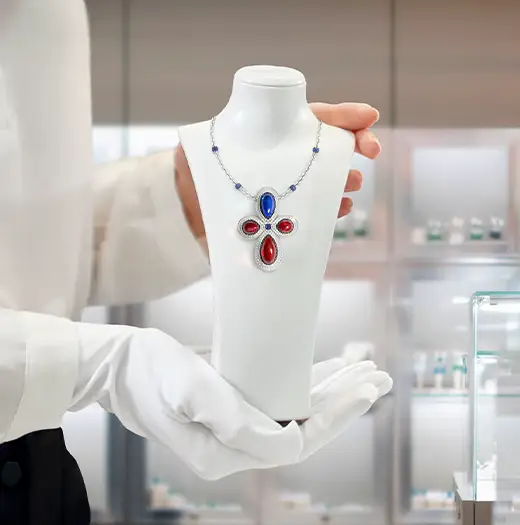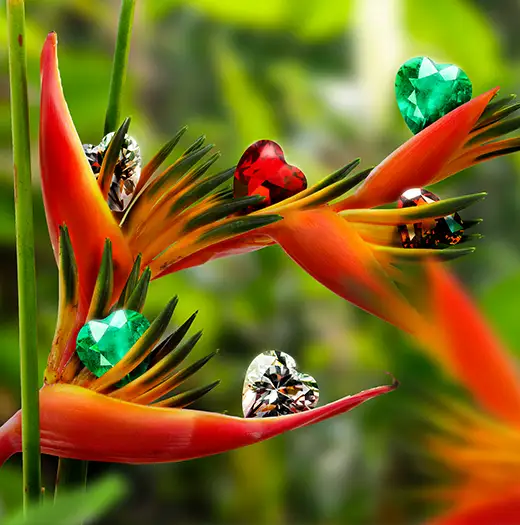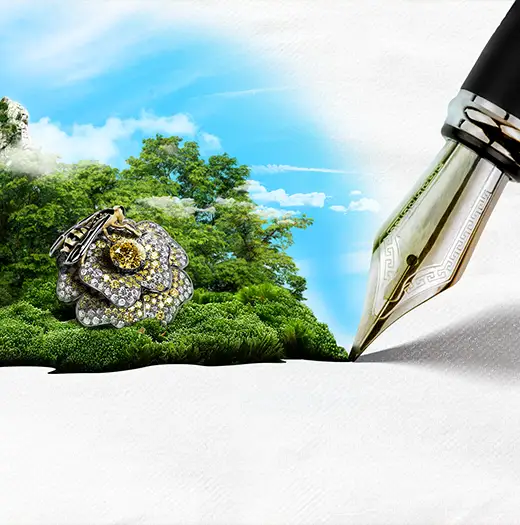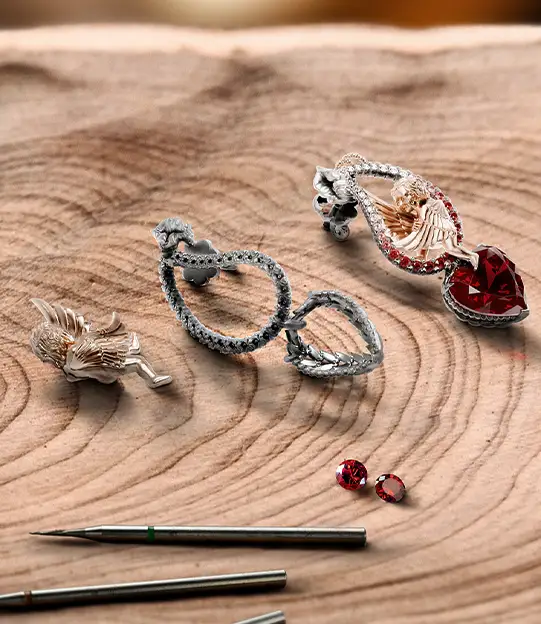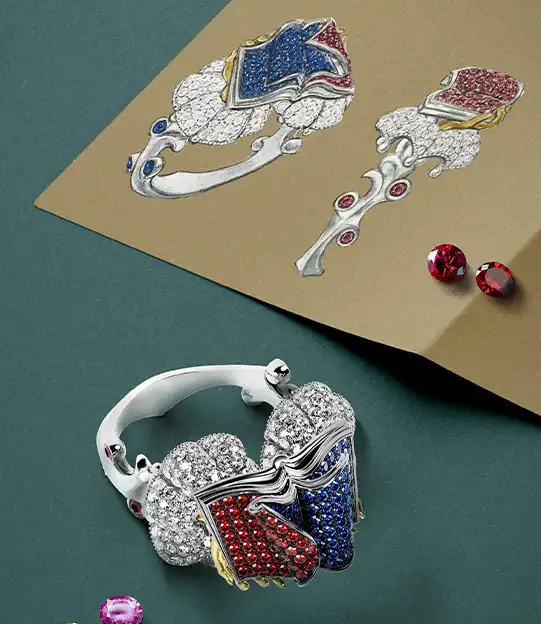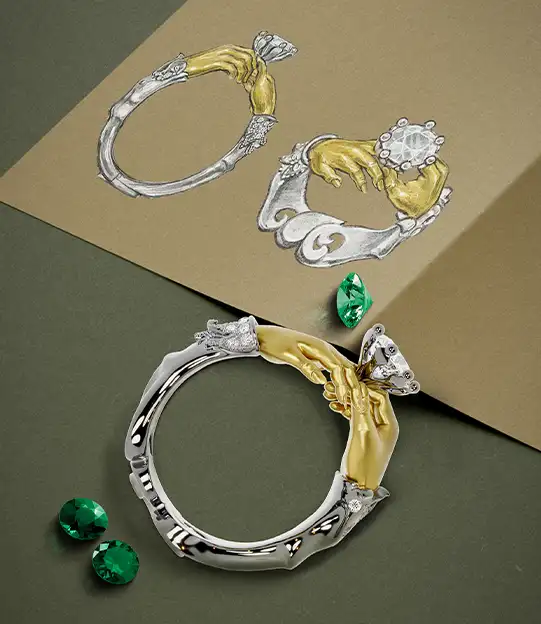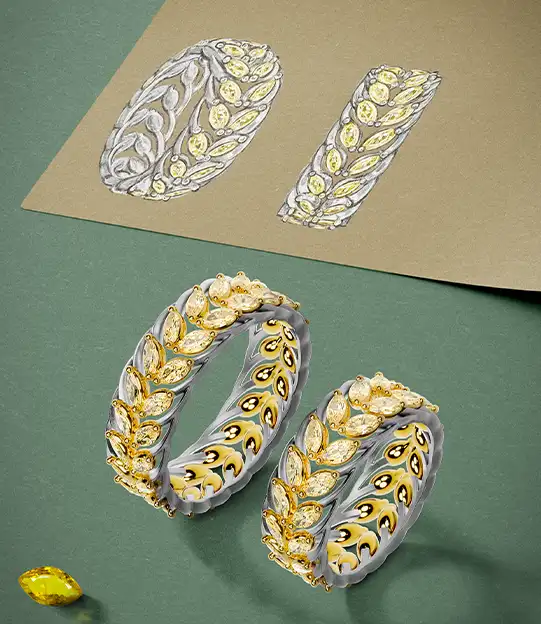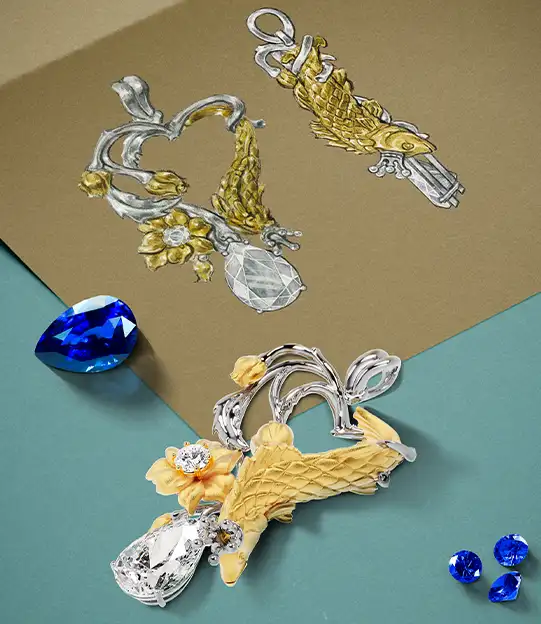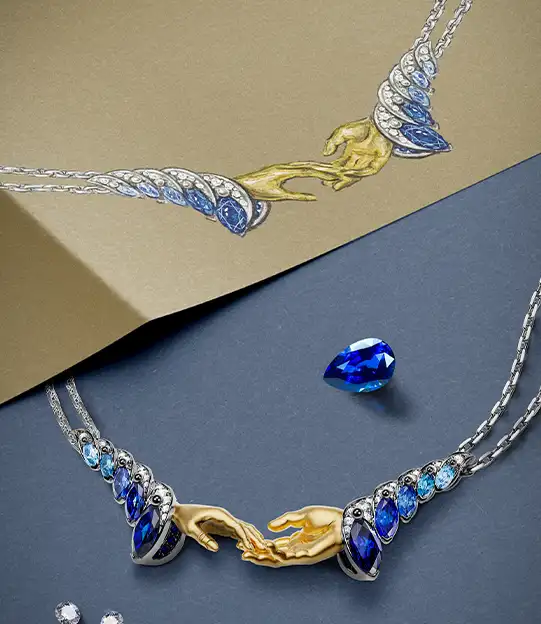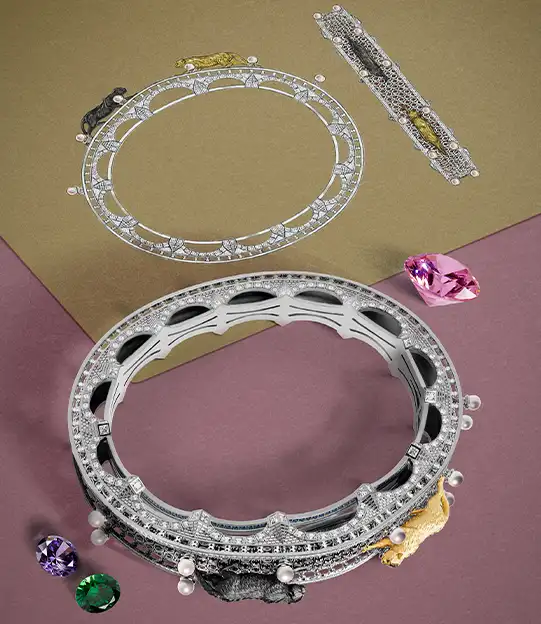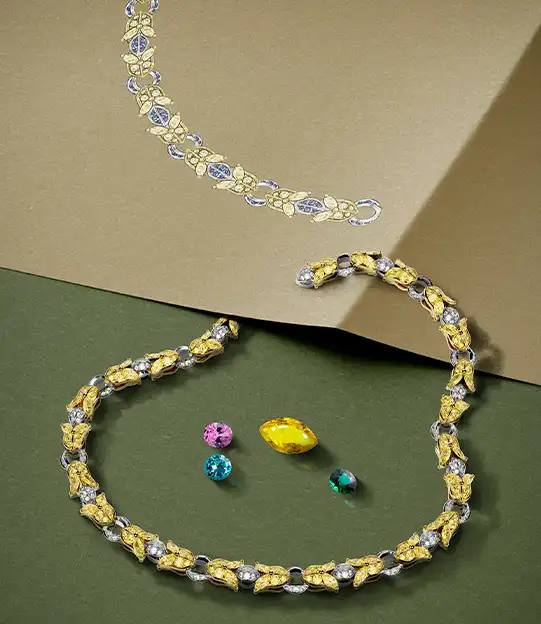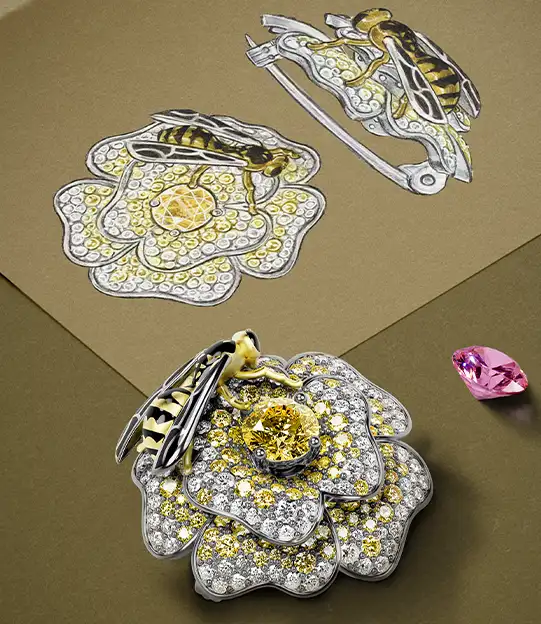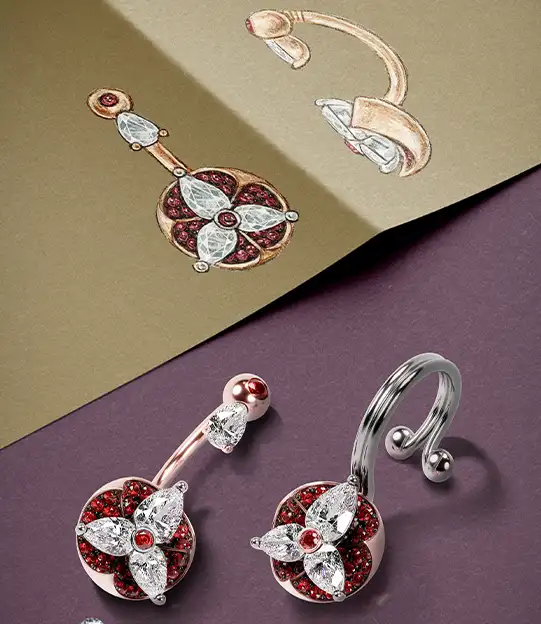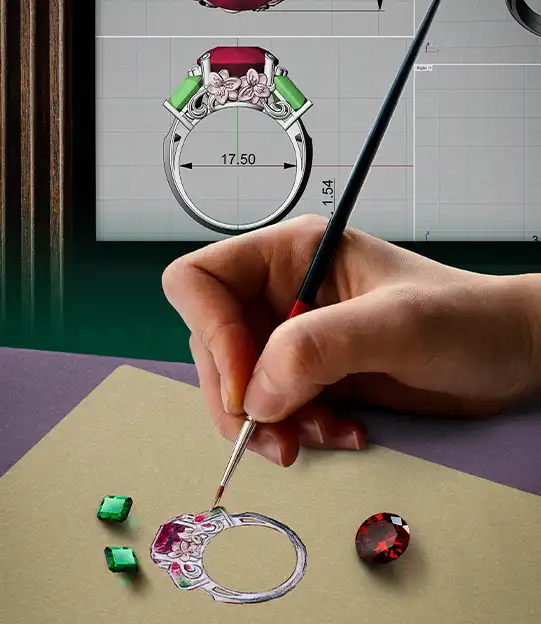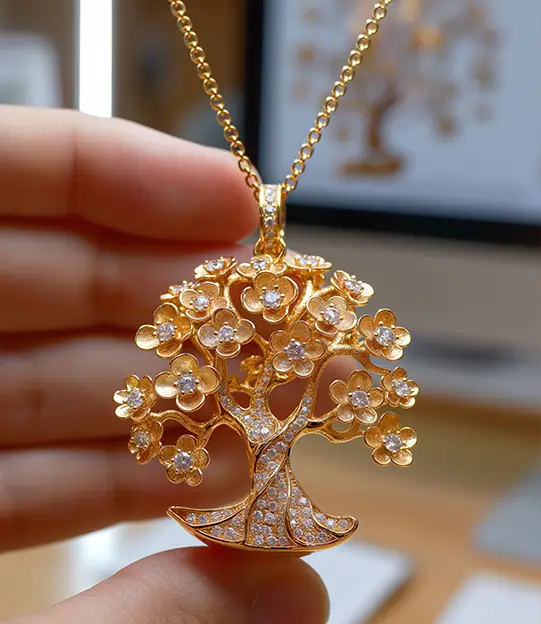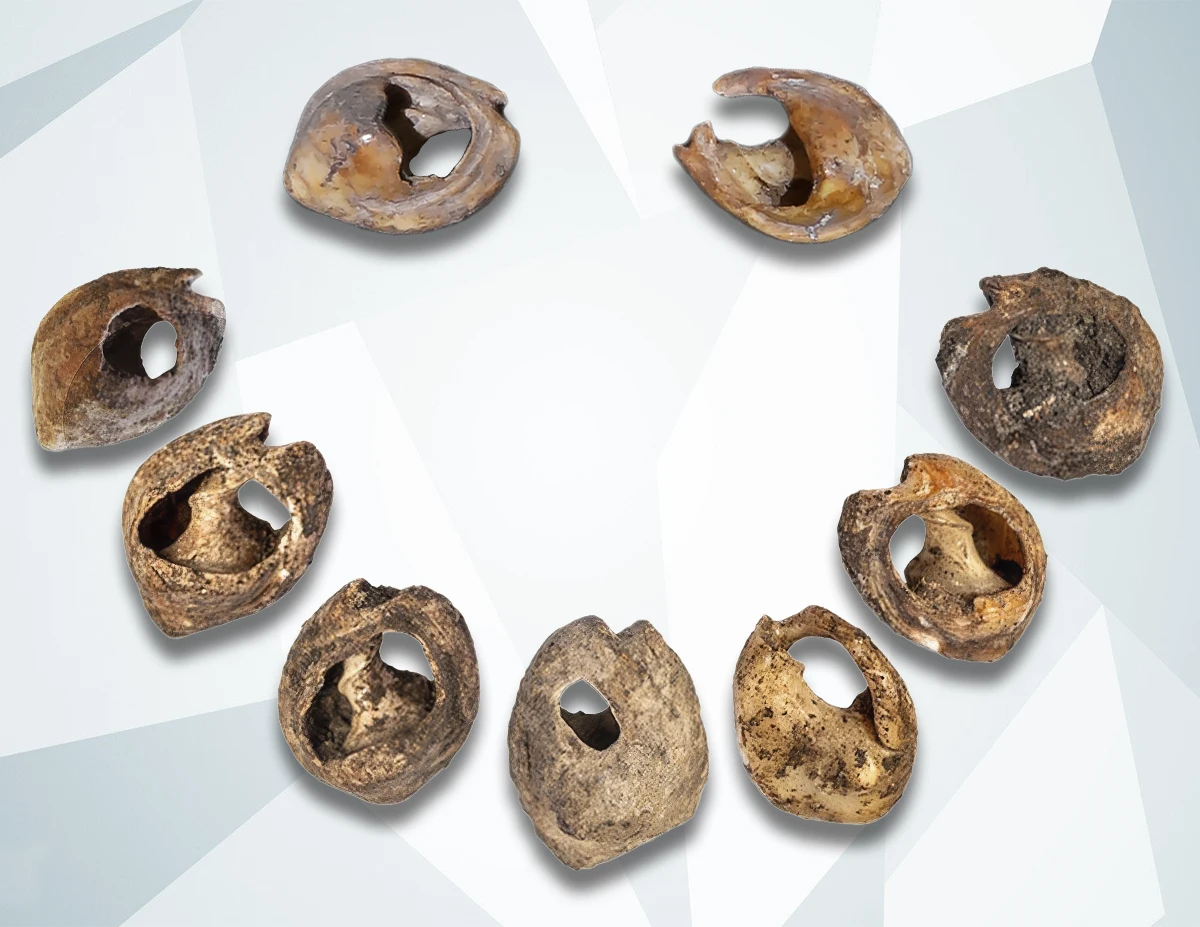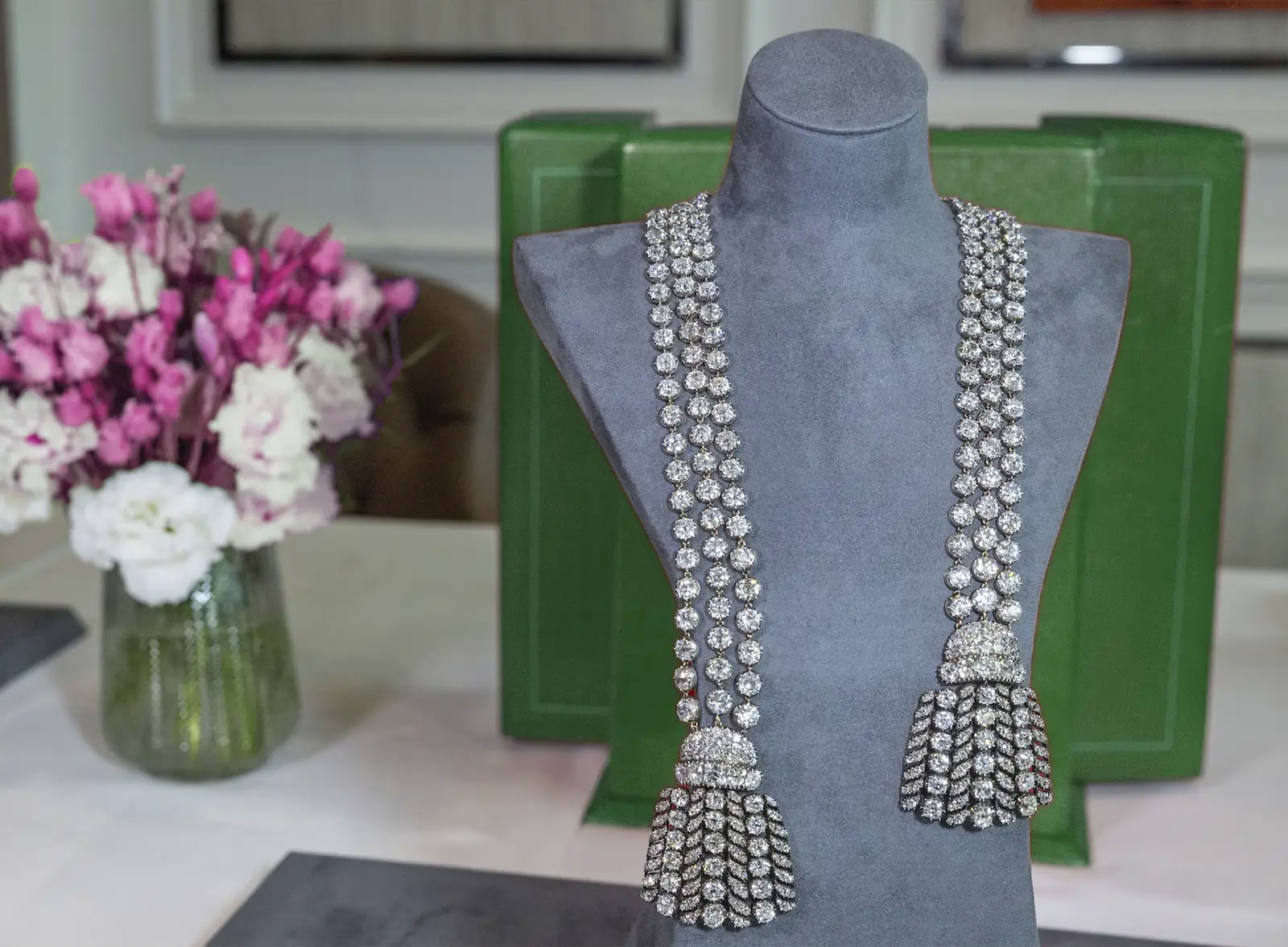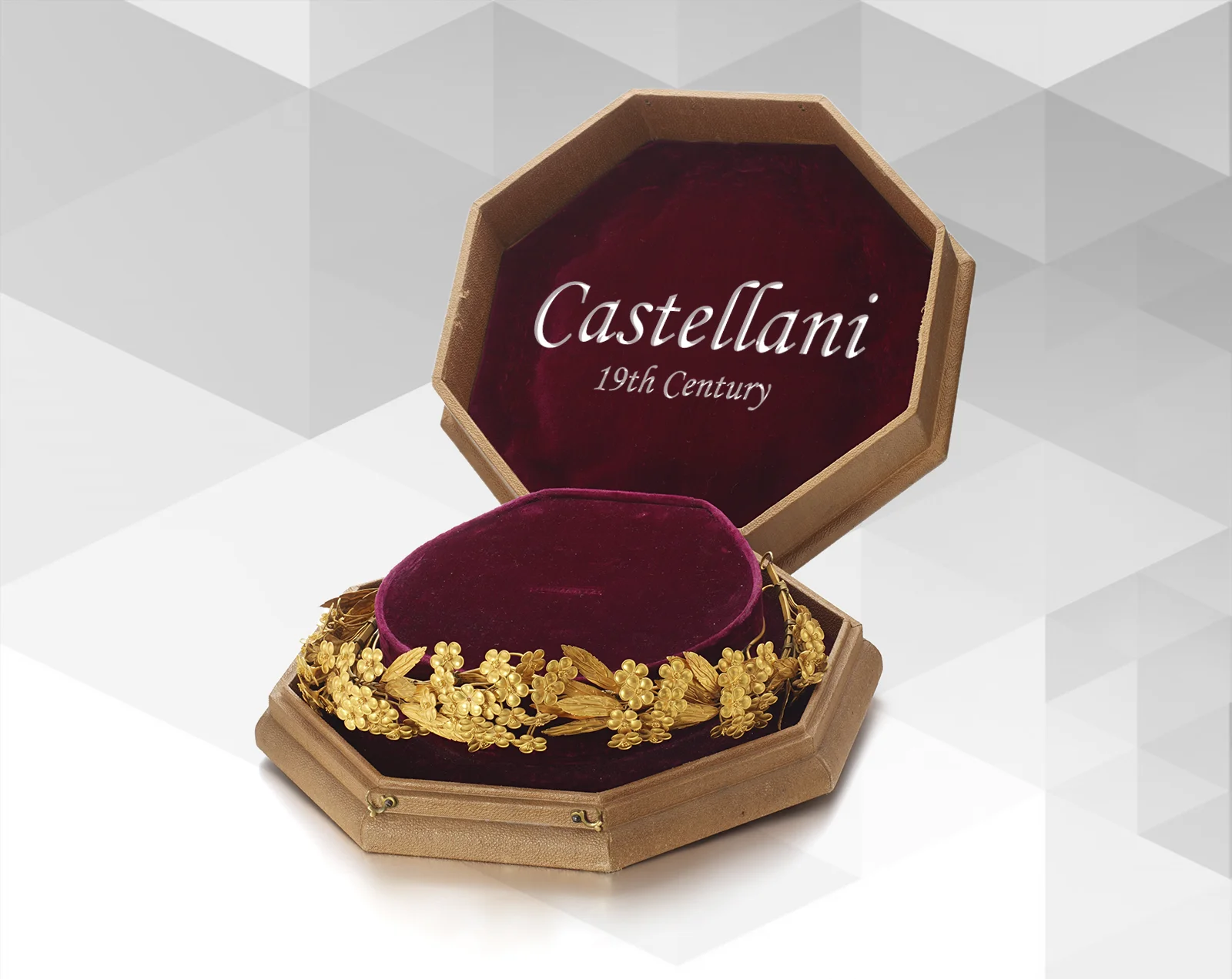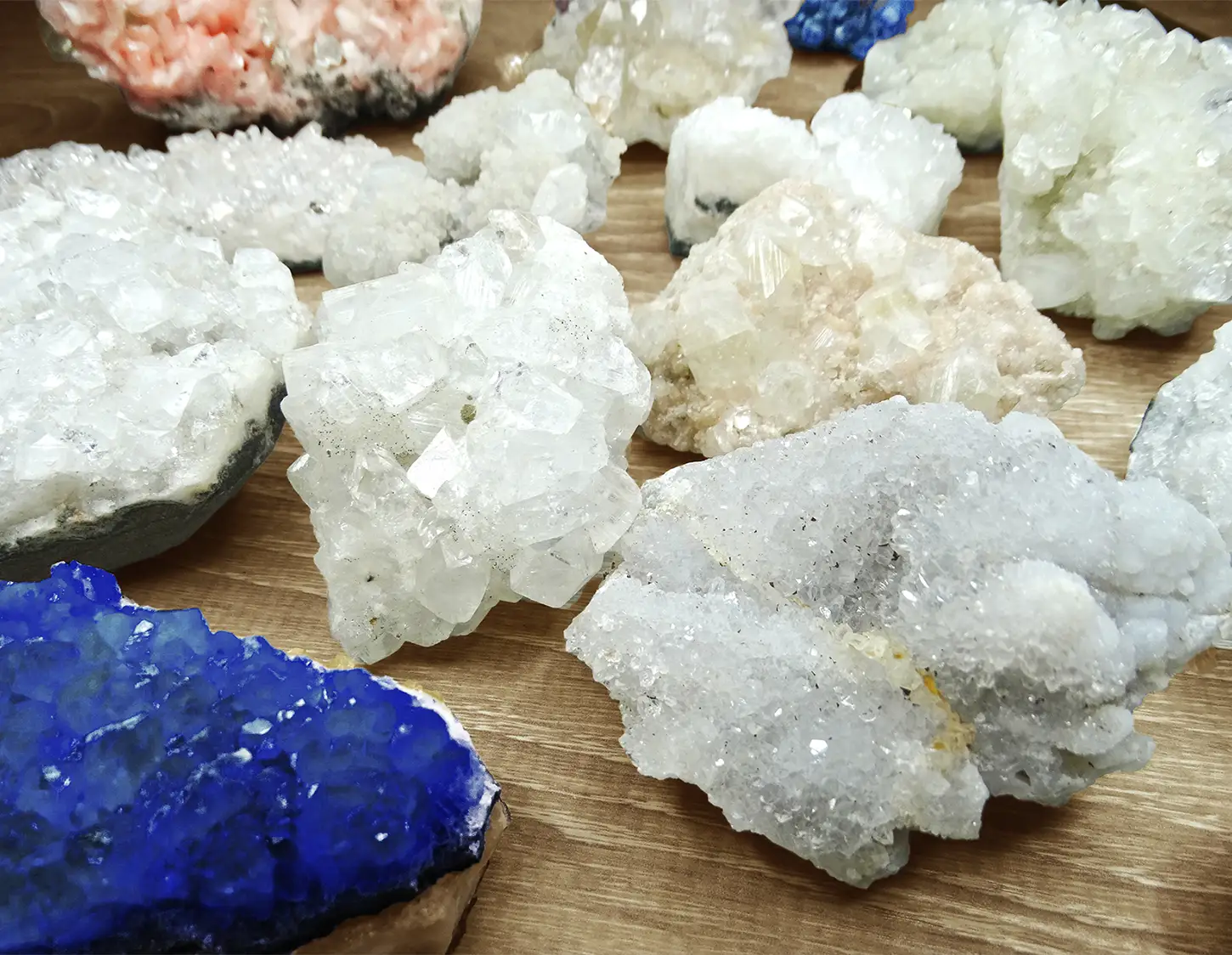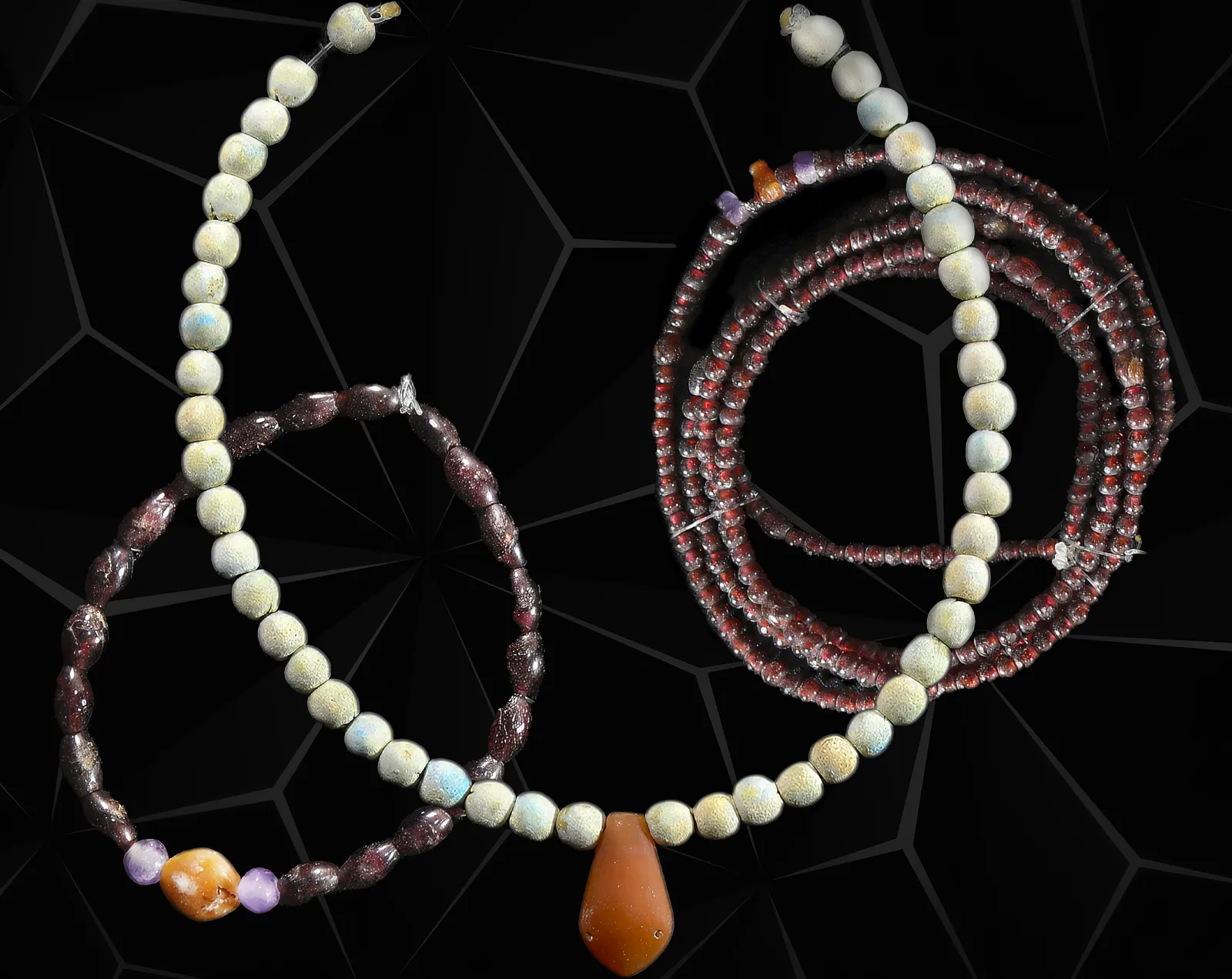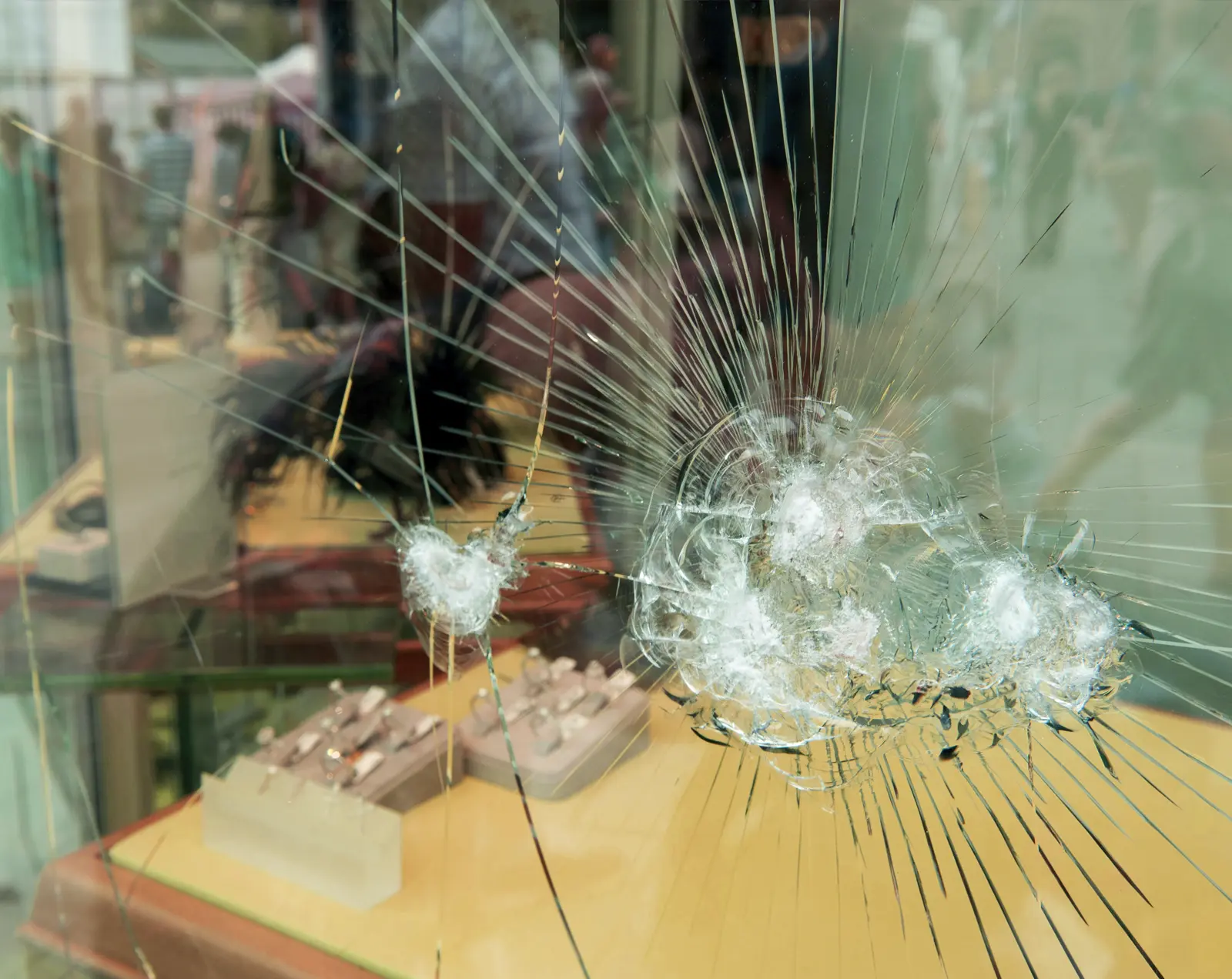Moroccan scientists have stumbled upon something so unique it can redefine our understanding of human history. They found what is now believed to be the first known jewelry near the port city of Essaouira. The pieces included dozens of 150,000-year-old shell beads covered with traces of iron-infused red pigment.
Abdeljalil Bouzouggar, one of the lead researchers, reports that the team has discovered a total of 30 pierced mollusk shells at Bizmoune cave, about 10 miles from the city. As we’ve mentioned, the surface of the shells was artificially covered in pigment (specifically, ochre), suggesting that early humans applied primitive paint to their ornaments as early as 150,000 years ago.

An international team of archaeologists. Photo by Steven L. Kuhn
The archaeologists demonstrated bracelets and necklaces made from small perforated shells. The artifacts were discovered just several months ago. They represent a groundbreaking find for both Morocco and the whole world, giving us an interesting glimpse into the evolution of early Homo sapiens.
What makes this find one-of-a-kind is the fact that no one has ever found anything more ancient that had been used for adornment. Bouzouggar suggests that these pieces represent an integral part of early human cultural development and communication. Perhaps, they even facilitated interactions between various tribes.
The archaeological efforts united researchers from different institutions, including the Mediterranean Laboratory of European and African Prehistory, the University of Arizona in Tucson, and the National Institute of Archaeological Sciences and Heritage in Rabat. Their broad field of expertise ensures that the specimens are studied from all possible angles, thus, their findings will surely have profound anthropological implications.
Video report and review of the most ancient jewelry collection in the World (Africanews channel report)
Bouzouggar considers Morocco to be a very promising area for archeological research of early human evolution and history. For instance, about seven years ago, a team managed by Jean-Jacques Hublin found five Homo sapiens remains dating back over 300,000 years. The discovered specimens were excavated at Jebel Irhoud and represent one of the oldest Homo sapiens branches.
It’s clear that the bracelets and necklaces served as a form of art for ancient humans. But they also likely hold a key to understanding early social structures and interactions. Jewelry pieces could have signified the affiliation to a specific tribe or somehow identified the wearer.
The team of scientists continues to study the specimens, hoping to uncover more facts about their materials and art-making methods. But most importantly, the team is looking to reveal the symbolism behind these pieces and the implications of such finds for human history in general.


